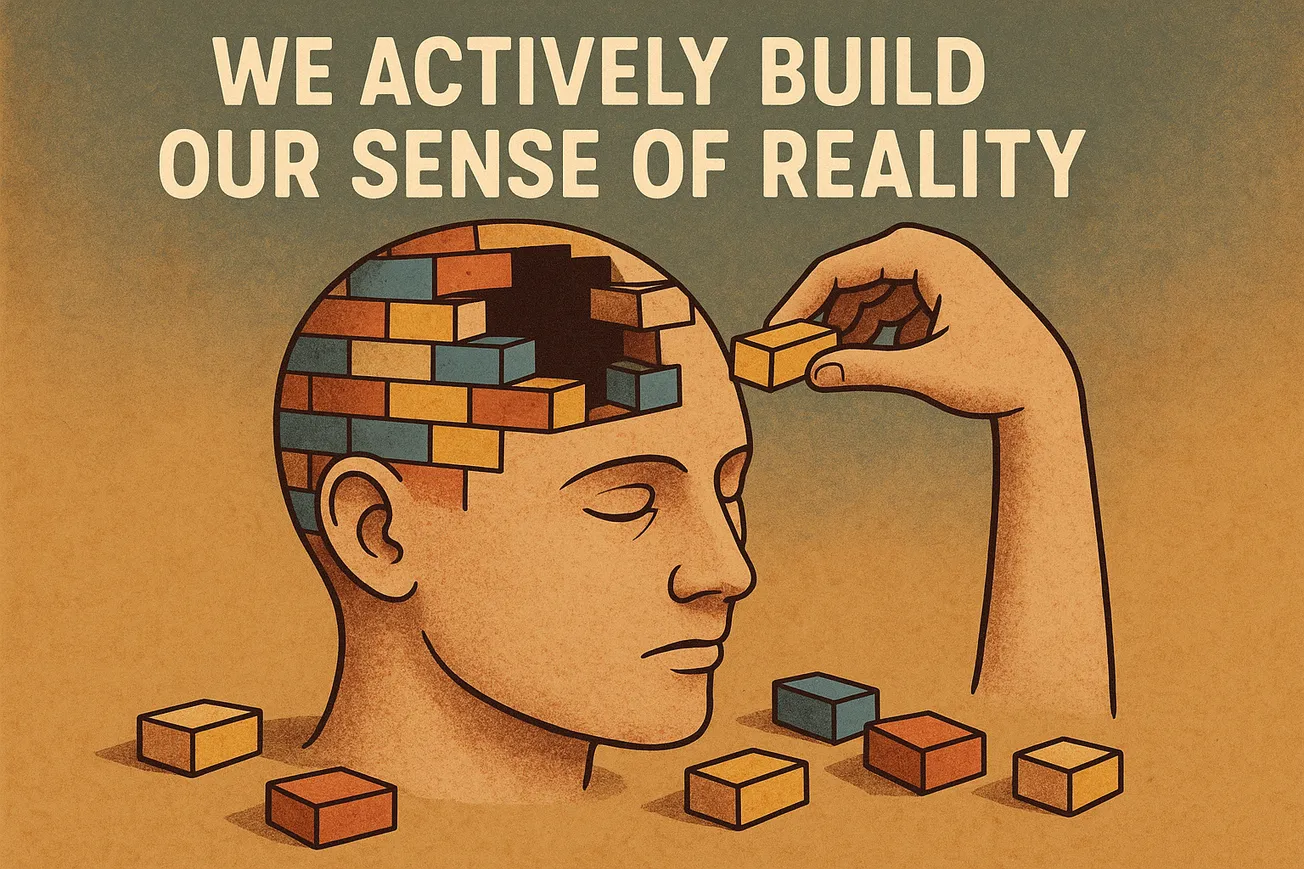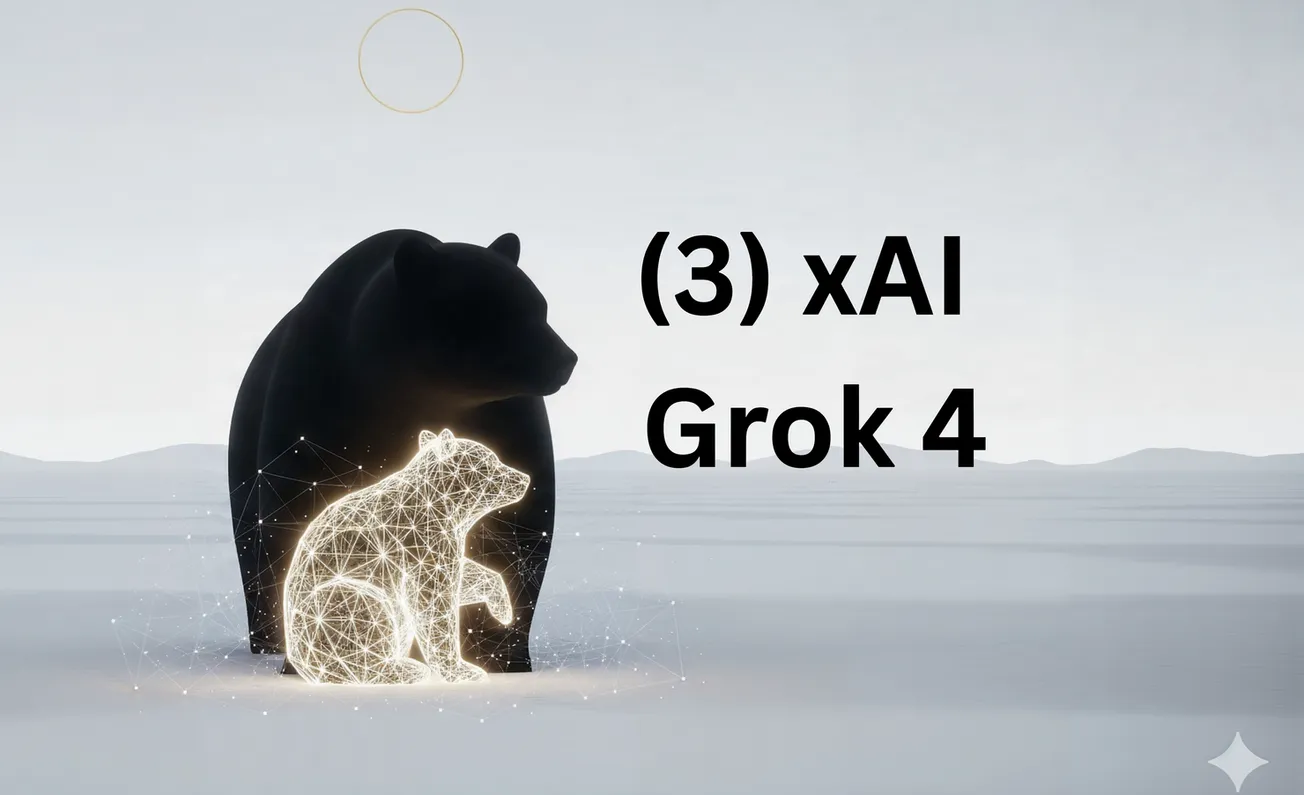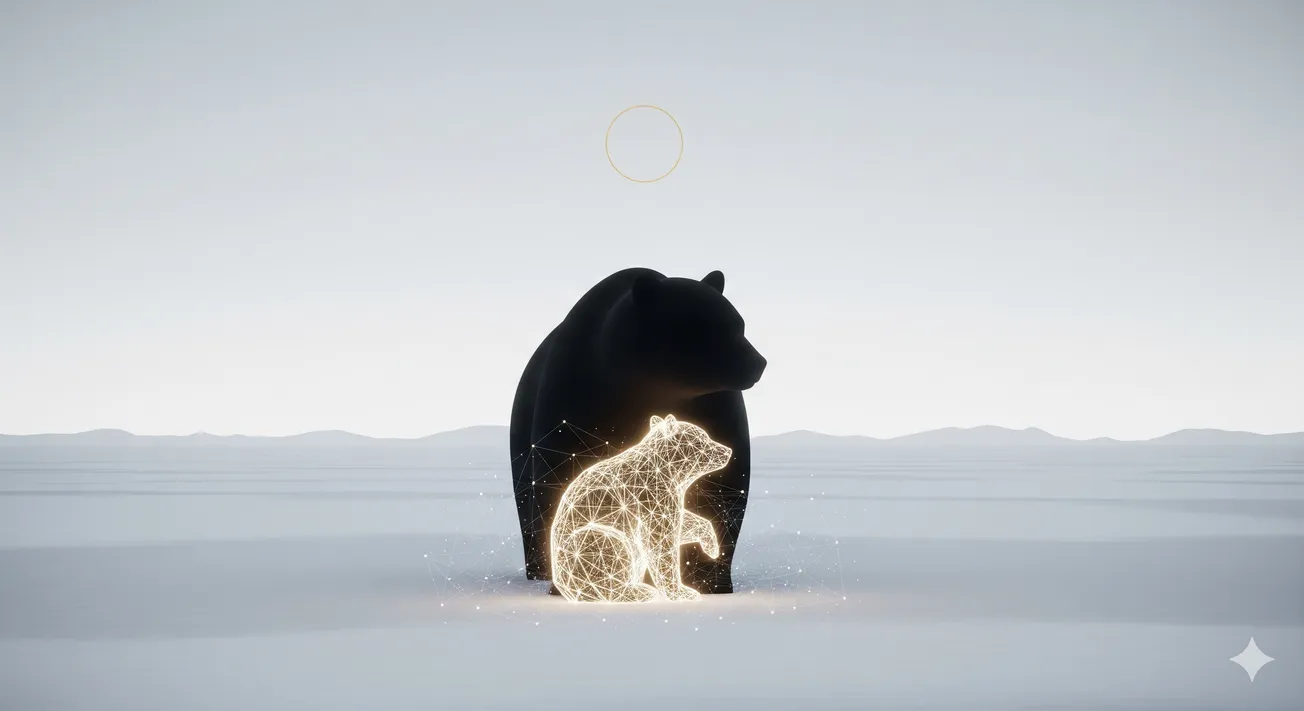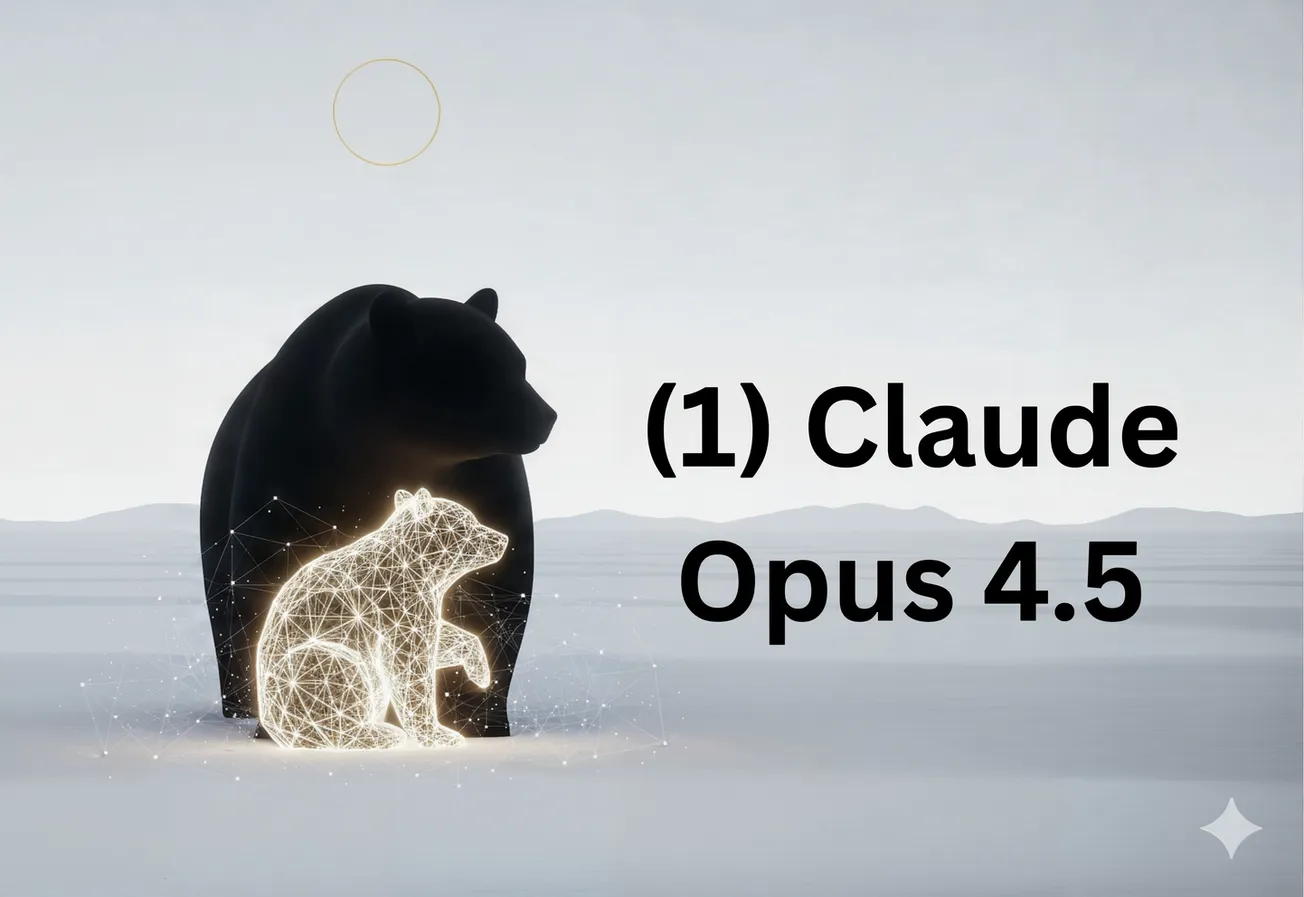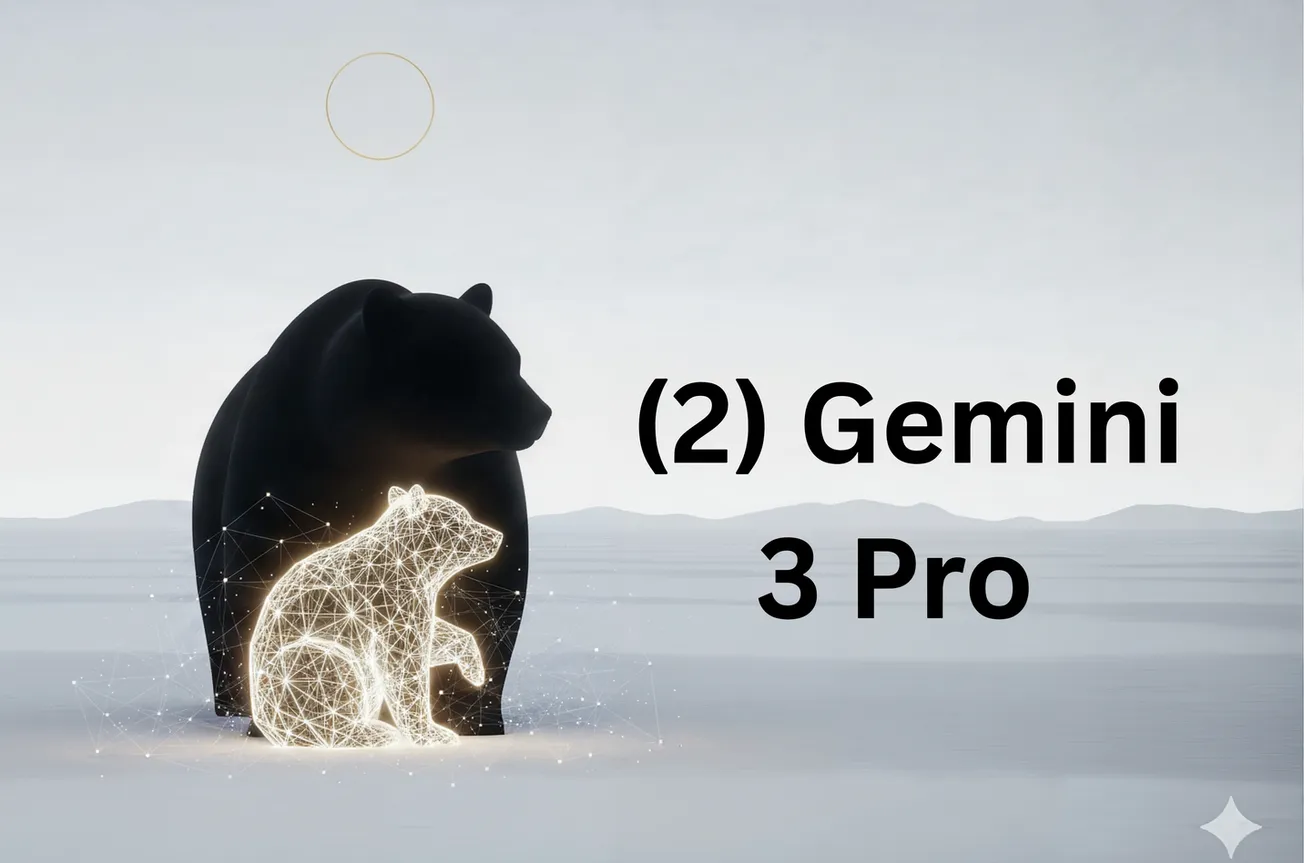The traditional view of consciousness as a passive mirror of external reality has been systematically challenged by decades of research in cognitive neuroscience, psychology, and philosophy of mind.
This essay examines the extensive evidence that consciousness operates as an active constructor of experiential reality rather than a mere reflector of objective states.
Through analysis of perceptual processes, memory systems, predictive processing frameworks, and social cognition, I argue that what we experience as reality is fundamentally a construction—a dynamic model built by neural processes that interpret, predict, and narrativize sensory information rather than simply recording it.
This constructivist view has profound implications for epistemology, challenging naive realism while stopping short of radical relativism.
Understanding consciousness as constructive rather than reflective reveals both the remarkable creative power of the mind and the inherent limitations of subjective experience as a guide to objective truth.
Introduction
When we open our eyes, the world appears to present itself to us directly and immediately. Colors, shapes, objects, and their relationships seem simply to be there, waiting to be observed. This intuitive sense that consciousness reflects reality like a mirror has dominated human thinking for millennia and continues to shape our everyday experience. Yet this seemingly self-evident truth dissolves under scientific scrutiny. What neuroscience and cognitive psychology have revealed over the past century is that consciousness does not passively receive a pre-given world but actively constructs the reality we experience through complex processes of interpretation, prediction, and integration.
The constructive nature of consciousness is not merely a philosophical abstraction but a empirically demonstrable fact with profound implications. Every aspect of conscious experience—from basic perception to abstract thought—emerges from neural processes that build models rather than copy inputs. The redness of red, the continuity of objects, the coherence of scenes, the narrative of memory, and even the sense of self are all constructions, albeit constructions so seamless and automatic that they feel like direct encounters with reality itself.
This essay develops a comprehensive account of consciousness as constructor, examining the mechanisms through which the brain builds our experiential world and the implications this has for our understanding of knowledge, reality, and human experience. The argument proceeds through five main sections: first, an examination of perceptual construction at the sensory level; second, an analysis of memory as creative reconstruction; third, a discussion of predictive processing and the brain's modeling of reality; fourth, an exploration of social and cultural dimensions of reality construction; and finally, a philosophical assessment of what constructivism means for our relationship to truth and reality.
Part I: The Construction of Perception
The Myth of Direct Perception
The notion that we directly perceive the world as it is represents what psychologists call "naive realism"—the unreflective assumption that perception delivers objective reality. This view seems intuitively correct because conscious experience presents itself as immediate and given. When we see a red apple, we don't experience ourselves as constructing redness or appleness; these qualities appear to be inherent in the object itself. Yet this phenomenological immediacy masks an extraordinarily complex constructive process.
Consider the basic fact that the human retina contains a blind spot where the optic nerve connects, creating a gap in our visual field. We never experience this gap because the brain actively fills it in, constructing visual information that doesn't exist in the sensory input. This is not a bug but a feature—one small example of the pervasive constructive processes that generate seamless conscious experience from incomplete and ambiguous sensory data.
Neural Construction of Visual Reality
Vision, our dominant sensory modality, provides the clearest evidence for perceptual construction. Light entering the eye creates a two-dimensional projection on the retina, yet we experience a three-dimensional world. This transformation from 2D to 3D is not given in the stimulus but constructed by neural processes that interpret depth cues, apply assumptions about lighting and shadow, and integrate information across time and space.
The constructive nature of vision becomes apparent in visual illusions, which reveal the assumptions and processes underlying normal perception. The checker shadow illusion, where two identical gray squares appear different due to shadow context, demonstrates that the brain doesn't simply register light intensity but interprets it based on constructed models of illumination. The Kanizsa triangle, where we perceive a white triangle that doesn't exist in the stimulus, shows how the brain constructs objects from fragmentary information.
More dramatically, studies of patients with cortical blindness who nonetheless report visual experiences (blindsight) reveal that conscious visual experience is not simply the registration of visual information but requires specific constructive processes. Similarly, individuals blind from birth who gain sight through surgery often cannot immediately "see" in a meaningful way—they must learn to construct visual reality from the newly available sensory data, a process that can take months or years.
Multisensory Integration and Constructed Unity
Consciousness presents us with a unified perceptual world, yet this unity is constructed from separate sensory streams processed at different speeds by distinct neural systems. Visual information takes approximately 50 milliseconds longer to process than auditory information, yet we experience synchronized audiovisual events. The brain achieves this through temporal binding windows and predictive mechanisms that construct temporal coherence from asynchronous inputs.
The McGurk effect powerfully demonstrates multisensory construction: when the visual syllable "ga" is paired with the auditory syllable "ba," most people consciously experience hearing "da"—a syllable present in neither input. This is not a rare quirk but reveals the normal constructive process by which the brain integrates multiple information sources to build unified perceptual experiences.
Attention and Perceptual Construction
Attention further shapes perceptual construction in ways that belie the notion of consciousness as passive reflection. Change blindness experiments, where large changes in visual scenes go unnoticed, reveal that we construct far less detailed representations than subjective experience suggests. We feel we see a complete, detailed visual world, but this feeling is itself a construction—what researchers call the "grand illusion" of consciousness.
The influence of attention on conscious experience extends beyond simple filtering. Studies show that attention can literally change what we consciously perceive. In binocular rivalry, where different images are presented to each eye, conscious experience alternates between the two images. Remarkably, voluntary attention can influence which image dominates consciousness, demonstrating that even basic perceptual content is shaped by top-down constructive processes.
Part II: Memory as Construction
The Reconstruction of the Past
If perception involves constructing the present, memory involves constructing the past—or rather, constructing a present experience of the past. The traditional view of memory as a storehouse of fixed records has been thoroughly discredited by decades of research showing that remembering is an active, constructive process that rebuilds memories anew each time they are recalled.
Elizabeth Loftus's groundbreaking research on false memories demonstrated that entire events that never occurred can be constructed and experienced as genuine memories. In the "lost in the mall" studies, participants came to remember detailed experiences of being lost in a shopping mall as children—events that family members confirmed never happened. These weren't lies or confabulations but subjectively genuine memories, indistinguishable from real ones in their phenomenology and the confidence with which they were held.
Neural Mechanisms of Memory Construction
Neuroscientific research has identified the mechanisms underlying memory's constructive nature. The process of reconsolidation means that each time a memory is retrieved, it becomes labile and must be re-encoded, potentially incorporating new information or distortions. This isn't a flaw but an adaptive feature that allows memories to be updated with new information. However, it also means that the act of remembering literally changes the memory.
Brain imaging studies reveal that remembering activates many of the same regions involved in imagination and future thinking, suggesting that memory is less like playback and more like mental simulation. The hippocampus, crucial for episodic memory, doesn't store memories like files but rather stores patterns that guide the reconstruction of experiences from distributed cortical representations. This reconstruction is influenced by current knowledge, beliefs, emotions, and context—all of which shape what we "remember."
Collective Memory Construction
The Mandela Effect, discussed in previous context, exemplifies how memory construction operates at collective levels. When large groups share false memories—whether of Nelson Mandela dying in prison or the spelling of "Berenstein Bears"—it reveals how social and cultural factors shape individual memory construction. These aren't anomalies but windows into the normal processes by which personal and collective memories are built and rebuilt through social interaction.
Studies of flashbulb memories—vivid recollections of significant events like 9/11—show that even highly confident, emotionally charged memories are constructions prone to distortion. Research tracking people's memories of such events over time reveals substantial changes in details, even as confidence remains high. The feeling of remembering accurately is itself a construction that can diverge from actual accuracy.
Part III: Predictive Processing and the Modeling Brain
The Predictive Brain
Perhaps the most revolutionary framework for understanding consciousness as construction is predictive processing (PP), which reconceptualizes the brain as fundamentally a prediction machine rather than a stimulus-response system. According to PP, the brain maintains hierarchical generative models of the world and continuously generates predictions about sensory input. Consciousness, in this view, is the brain's best guess about the causes of its sensory states—a constructed model rather than a reflection of those states themselves.
This predictive construction operates at every level of processing. Even basic visual perception involves the brain predicting what it expects to see and then comparing predictions with input, updating the model only when prediction errors occur. This explains phenomena like the hollow mask illusion, where we perceive a concave mask as convex because our strong prior expectation of convex faces overrides the sensory evidence.
Precision Weighting and Constructed Reality
Predictive processing introduces the crucial concept of precision weighting—the brain's assessment of the reliability of different information sources. In conditions of high sensory uncertainty, the brain weights prior expectations more heavily, leading consciousness to be more strongly shaped by internal models. This provides a unified explanation for diverse phenomena from placebo effects to hallucinations, all understood as variations in the balance between prediction and sensory evidence in constructing conscious experience.
Research on meditation and psychedelic states through the PP lens reveals how alterations in precision weighting can dramatically change conscious reality construction. Psychedelics appear to flatten the hierarchy of predictive processing, allowing more bottom-up sensory information to penetrate consciousness, leading to the characteristic perceptual alterations and breakdown of conventional reality construction.
Active Inference and Enacted Reality
The predictive brain doesn't just passively model reality but actively samples the environment to test and refine its models—a process called active inference. Eye movements, for instance, aren't random but follow patterns that maximize information gain for model updating. This means consciousness isn't just constructing models of reality but actively constructing the sensory evidence that confirms or updates those models.
This extends to action and embodiment more generally. The experience of agency—the sense that we are the authors of our actions—is itself a construction based on predictive models. When predictions about action outcomes match sensory feedback, we experience agency; when they don't, we may experience the action as externally caused, as in certain psychiatric conditions or experimental manipulations.
Part IV: Social Construction of Reality
Intersubjective Reality Building
While individual brains construct conscious experience, this construction doesn't occur in isolation but through continuous interaction with other constructing minds. Language, culture, and social institutions provide shared frameworks that shape individual consciousness construction in profound ways. The reality we experience is not just neurally constructed but socially constructed through collective processes of meaning-making and validation.
Consider how cultural categories shape perceptual construction. The Himba people of Namibia, who have different color categories than English speakers, show different patterns of color discrimination and memory. This isn't just a matter of having different words for colors but actually experiencing colors differently—culture shapes the construction of basic perceptual qualities.
Narrative Construction and Identity
The self—perhaps the most fundamental aspect of conscious experience—is itself a construction. The narrative self, the sense of being a continuous person with a history and future, is built through ongoing processes of autobiographical memory construction and future projection. This isn't a fixed entity but a dynamic construction constantly updated through experience and social interaction.
Research on patients with disrupted self-construction, such as those with dissociative identity disorder or certain types of brain injury, reveals how fragile and constructed our sense of unified selfhood actually is. The feeling of being a single, continuous self is an achievement of constructive processes that can break down or develop differently.
Consensus Reality and Its Limits
Social construction doesn't mean reality is arbitrary or that "anything goes." Rather, it highlights how human consciousness collectively constructs shared realities within the constraints of physical and biological reality. Science itself can be understood as a systematic method for constructing increasingly accurate and predictive models of reality, using intersubjective verification to transcend individual constructive limitations.
Yet the social construction of reality also has pathological forms. Echo chambers and filter bubbles in digital media create divergent reality constructions that can be resistant to correction. Conspiracy theories and collective delusions show how social reinforcement can maintain constructed realities that diverge significantly from empirical evidence.
Part V: Philosophical Implications
Between Naive Realism and Relativism
Understanding consciousness as constructive rather than reflective forces us to abandon naive realism—the assumption that we directly perceive reality as it is. But this doesn't necessitate falling into radical relativism or solipsism. The constructive processes of consciousness are constrained by evolutionary history, neural architecture, and the structure of the environment. We construct reality, but not arbitrarily.
The philosopher Thomas Metzinger's work on the "phenomenal self-model" provides a framework for understanding how consciousness can be both constructed and in contact with reality. The brain generates a model of reality including a model of itself, but this model is transparent—we don't experience it as a model but as reality itself. This transparency is what creates the compelling illusion of direct access to the world and ourselves.
Epistemic Humility and Wisdom
Recognizing the constructive nature of consciousness demands epistemic humility. If our most basic experiences are constructions rather than reflections, then certainty about the nature of reality becomes problematic. This doesn't mean knowledge is impossible but rather that it's always mediated through constructive processes that can distort as well as reveal.
This has practical implications for everything from eyewitness testimony in legal settings to the evaluation of scientific theories. Understanding how consciousness constructs rather than reflects can make us better reasoners by alerting us to the ways our constructions might mislead us. It suggests the importance of multiple perspectives, empirical testing, and systematic methods for transcending individual constructive limitations.
The Hard Problem Reconsidered
The constructive view of consciousness also reframes the hard problem of consciousness—why there is "something it is like" to be conscious. If consciousness is fundamentally about constructing models rather than reflecting states, then subjective experience might be understood as what it feels like to be a system constructing reality from the inside. The qualitative nature of experience—its redness or painfulness—might be intrinsic to the constructive process itself rather than an additional mysterious property.
This doesn't solve the hard problem but suggests it might arise from assuming consciousness is about representing objective states rather than constructing subjective ones. The mystery isn't why physical processes give rise to experience but why reality-construction processes have the particular qualitative character they do—a question that might be more tractable than the traditional formulation.
Part VI: Implications and Applications
Clinical Applications
Understanding consciousness as constructive has important therapeutic implications. Cognitive-behavioral therapy essentially works by helping people recognize and modify maladaptive constructions of reality. The constructive view explains why reframing and cognitive restructuring can be effective—they literally change the reality the person experiences.
Recent therapeutic approaches using psychedelics explicitly work with the constructive nature of consciousness, using altered states to loosen rigid patterns of reality construction and enable new, potentially healthier constructions. Virtual reality therapies for phobias and PTSD similarly leverage the constructive nature of consciousness, using controlled sensory inputs to reshape the construction of feared situations or traumatic memories.
Educational Implications
Education, understood through the constructive lens, isn't about filling minds with information but about shaping the constructive processes through which students build understanding. Constructivist pedagogy, which emphasizes active learning and knowledge building rather than passive reception, aligns with how consciousness actually works.
This has implications for addressing misconceptions and false beliefs. Simply presenting correct information often fails because it doesn't address the constructive processes maintaining the misconception. Effective education must work with the constructive nature of mind, helping students rebuild understanding rather than simply overlaying new facts on old constructions.
Technological Frontiers
As we develop artificial intelligence and brain-computer interfaces, understanding consciousness as constructive becomes crucial. If human consciousness constructs reality rather than reflecting it, then creating artificial consciousness isn't about building better sensors but about implementing reality-construction processes. Current large language models might be understood as implementing some aspects of linguistic reality construction, though whether this constitutes consciousness remains debatable.
Virtual and augmented reality technologies directly engage with consciousness's constructive nature, providing controlled sensory inputs that hijack normal constructive processes. As these technologies advance, they raise profound questions about the nature of reality and experience. If consciousness constructs reality from sensory inputs, does it matter whether those inputs come from physical or virtual sources?
Conclusion: The Creative Consciousness
The view of consciousness as constructive rather than reflective represents a fundamental shift in our understanding of mind and reality. We are not passive observers of a pre-given world but active constructors of the reality we experience. Every moment of consciousness involves creative processes that build experience from sensation, memory, prediction, and social input.
This view is both humbling and empowering. Humbling because it reveals that our most certain experiences and memories are constructions that can err. The feeling of direct access to reality is itself a construction—perhaps the most fundamental construction of consciousness. Yet it's also empowering because it reveals the creative nature of consciousness. We aren't trapped in a single, given reality but continuously construct and reconstruct our experiential worlds.
The constructive nature of consciousness doesn't diminish its reality or importance. Our constructions matter because they shape how we act, what we value, and who we become. Understanding consciousness as constructive opens possibilities for positive change—in therapy, education, and personal growth. It suggests that the realities we inhabit, while constrained by physical and biological factors, are more malleable than naive realism suggests.
Future research will undoubtedly deepen our understanding of how consciousness constructs reality. Advances in neuroscience continue to reveal the mechanisms of construction, while philosophical work clarifies the implications. The integration of predictive processing with other frameworks promises a more complete account of how brains build conscious experience.
Yet perhaps the most profound implication of the constructive view is what it reveals about the nature of being human. We are not simply witnesses to reality but participants in its ongoing creation. Consciousness doesn't just construct models of reality—in a deep sense, it constructs the only reality we can ever know. This creative capacity, with all its possibilities and limitations, defines the human condition.
The recognition that consciousness constructs rather than reflects doesn't lead us away from truth but toward a more sophisticated understanding of it. Truth isn't simply "out there" waiting to be discovered but emerges through the constructive processes by which conscious beings engage with the world and each other. Science, art, philosophy—all human endeavors can be understood as ways of constructing and refining our models of reality, always approximate, always improvable, but capable of capturing genuine patterns and relationships in the world beyond our constructions.
In the end, the view of consciousness as constructor reveals both the limits and the dignity of human experience. We are finite beings who can never step outside our constructive processes to see reality "as it really is." Yet through these very processes, we create the meaningful worlds we inhabit, connect with other constructing minds, and gradually build better approximations of the truth. Consciousness constructs rather than reflects, but in that construction lies all the richness, meaning, and possibility of human experience.
References
Anil, K., & Seth, A. (2021). Being You: A New Science of Consciousness. Dutton.
Bar, M. (2007). The proactive brain: Using analogies and associations to generate predictions. Trends in Cognitive Sciences, 11(7), 280-289.
Chalmers, D. J. (1995). Facing up to the problem of consciousness. Journal of Consciousness Studies, 2(3), 200-219.
Clark, A. (2016). Surfing Uncertainty: Prediction, Action, and the Embodied Mind. Oxford University Press.
Dehaene, S. (2014). Consciousness and the Brain: Deciphering How the Brain Codes Our Thoughts. Viking.
Frith, C. (2007). Making up the Mind: How the Brain Creates our Mental World. Blackwell.
Hoffman, D. D. (2019). The Case Against Reality: Why Evolution Hid the Truth from Our Eyes. Norton.
Hohwy, J. (2013). The Predictive Mind. Oxford University Press.
Loftus, E. F. (2005). Planting misinformation in the human mind: A 30-year investigation of the malleability of memory. Learning & Memory, 12(4), 361-366.
Metzinger, T. (2009). The Ego Tunnel: The Science of the Mind and the Myth of the Self. Basic Books.
Noë, A. (2004). Action in Perception. MIT Press.
O'Regan, J. K., & Noë, A. (2001). A sensorimotor account of vision and visual consciousness. Behavioral and Brain Sciences, 24(5), 939-973.
Roediger, H. L., & McDermott, K. B. (1995). Creating false memories: Remembering words not presented in lists. Journal of Experimental Psychology: Learning, Memory, and Cognition, 21(4), 803-814.
Seth, A. K. (2013). Interoceptive inference, emotion, and the embodied self. Trends in Cognitive Sciences, 17(11), 565-573.
Thompson, E. (2007). Mind in Life: Biology, Phenomenology, and the Sciences of Mind. Harvard University Press.
Varela, F. J., Thompson, E., & Rosch, E. (1991). The Embodied Mind: Cognitive Science and Human Experience. MIT Press.
AI Assistance
Claude Opus 4.1
